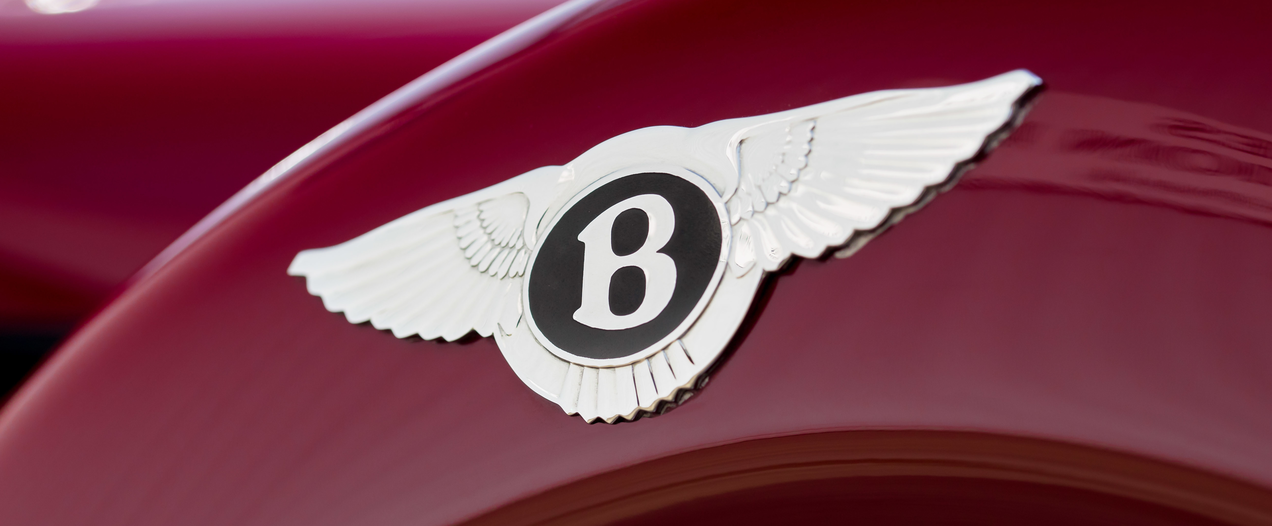
In this area of our website you will find information about the cars created over a period of thirty four years by Rolls-Royce. For the first fifteen years a single-model policy was pursued, with the Silver Ghost promoting the Company name and earning the accolade of ‘The Best Car in the World’.
The economic climate of the immediate post-war years gave rise to the production of a car with half the engine capacity of the Silver Ghost – the 20hp car. From this point on Rolls-Royce continued with just two product lines in parallel. The so-called large horsepower cars, beginning with the Silver Ghost lead to the Phantom 1 and Phantom 2, and finally the V12-engined Phantom 3. Meanwhile the small horsepower range began with the 20hp, followed by the 20/25, the 25/30 and finally the 25/30 'Wraith'.
As a consequence of the economic crisis and depression of the early ‘30s Rolls-Royce acquired the assets of the failing Bentley Motors. Part of the motivation for this move was to prevent Bentley Motors being acquired by other competitors in the luxury car market which had been shrinking due to the depression. However this resulted in another product line being established, that of the Derby Bentley. Thus the Bentley name was re-established.
Rolls-Royce was responsible for the production of all mechanical and electrical elements of the car, to the point that a car could be driven on test with a vestigial body consisting of not much more than a wooden box for the drivers seat. The chassis was then shipped to an independent firm of Coachbuilders of which there were many both in England and in continental Europe. The choice of Coachbuilder was left to the first owner of the car who specified a body style of his or her choice.
Thus although no more than three distinct models were produced by Rolls-Royce at any time the end product covers an immense variety of styles. When describing a particular car not only is the Rolls-Royce model type important, but also the name of the Coachbuilder and the body style. Bearing in mind that the craft of Coachbuilding was founded in the earlier days of horse-drawn carriages many of the terms used to describe a body style or its features hark back to earlier carriage designs.
Every car produced by Rolls-Royce, and also every sub-assembly within the car, was assigned a unique number. With very few exceptions, the original build of the car can be established from the factory records, knowing the car or chassis number. Chassis numbers were grouped in to chassis series, and these form a very useful means of classifying similar cars. See About Chassis Series for more information. Our website uses the chassis series extensively, particularly when indicating which parts are suitable for a specific car. By going to the Chassis Finder you can establish very quickly what chassis series any chassis number belongs to.